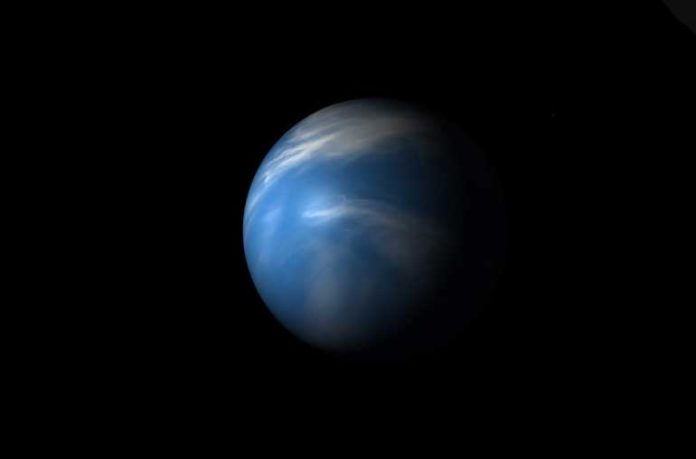Astronomers have recently discovered an exoplanet smaller than Neptune that has its own atmosphere in the Neptunian Desert. Astronomers noted it is the first planet of its kind to have been found in the Neptunian Desert.
The planet dubbed NGTS-4b, or the forbidden planet, has a mass of 20 Earth masses, a radius 20% smaller than Neptune, and is 1000 degrees Celsius. It completes one orbit around its star in only 1.3 days.
According to astronomers, the planet may have moved into the Neptunian Desert recently, in the last one million years, or it was very big, and the atmosphere is still evaporating.
The rogue planet was identified in the new research led by Dr. Richard West, including Professor Peter Wheatley, Dr. Daniel Bayliss, and Dr. James McCormac from the Astronomy and Astrophysics Group at the University of Warwick.
NGTS is situated at the European Southern Observatory’s Paranal Observatory in the heart of the Atacama Desert, Chile. It is a collaboration between UK Universities Warwick, Leicester, Cambridge, and Queen’s University Belfast, together with Observatoire de Genève, DLR Berlin, and Universidad de Chile.
Dr. Richard West, from the Department of Physics at the University of Warwick, comments:
“This planet must be tough — it is right in the zone where we expected Neptune-sized planets could not survive. It is truly remarkable that we found a transiting planet via a star dimming by less than 0.2% — this has never been done before by telescopes on the ground, and it was great to find after working on this project for a year.”
The Neptunian Desert is the region near stars where no Neptune-sized planets are found. This zone gets solid irradiation from the star, which means the planets don’t hold their gaseous environment as they vanish, leaving only a rocky core. However, NGTS-4b still has its environment of gas.
Dr. West said, “We are now scouring out data to see if we can see any more planets in the Neptune Desert — perhaps the desert is greener than was once thought.”
The study is published in the journal Monthly Notices of the Royal Astronomical Society.
